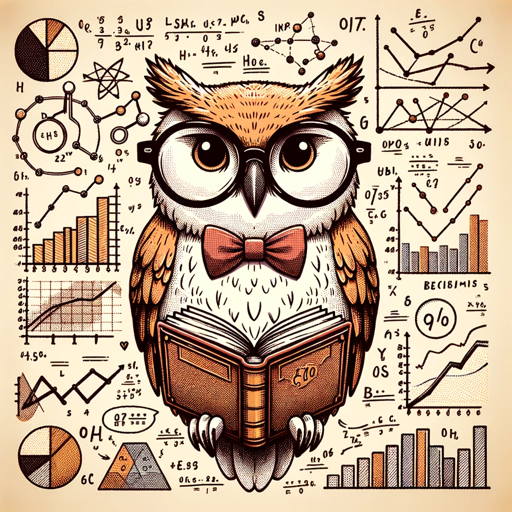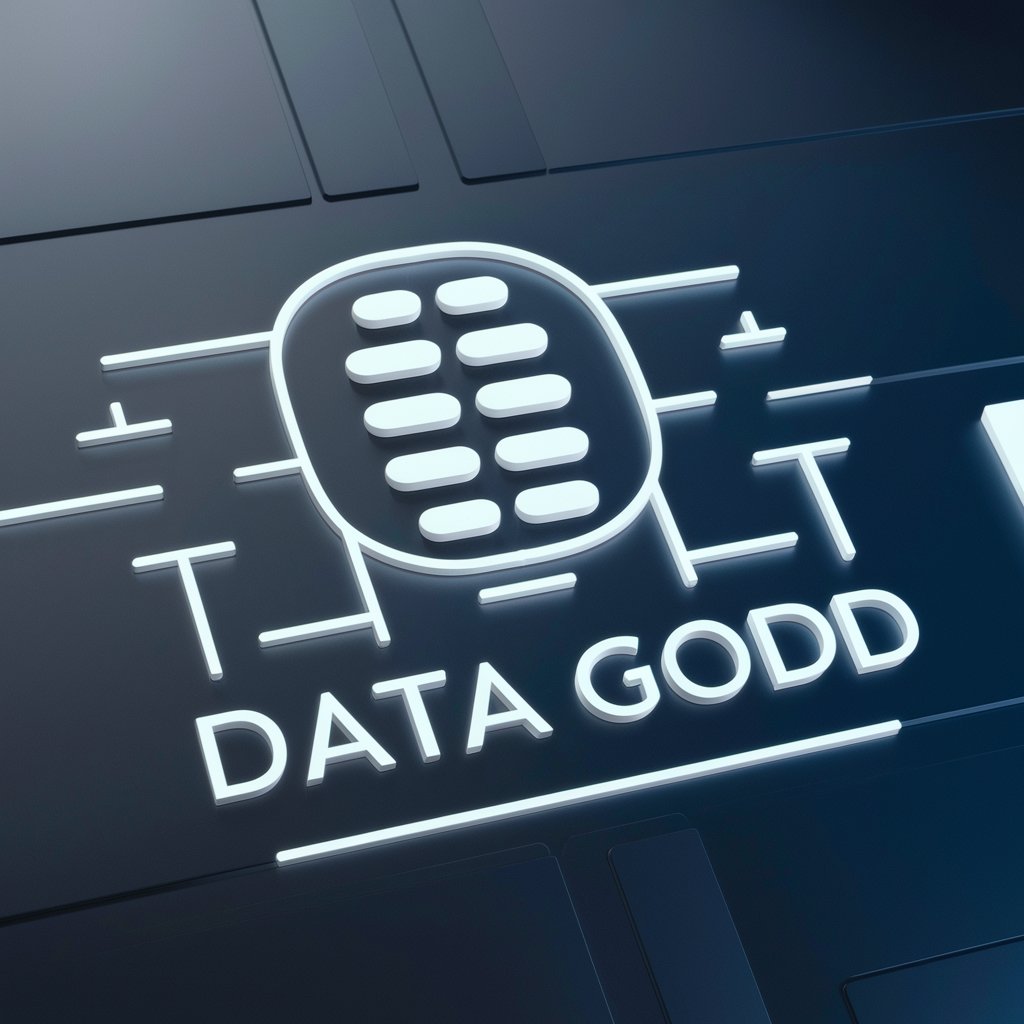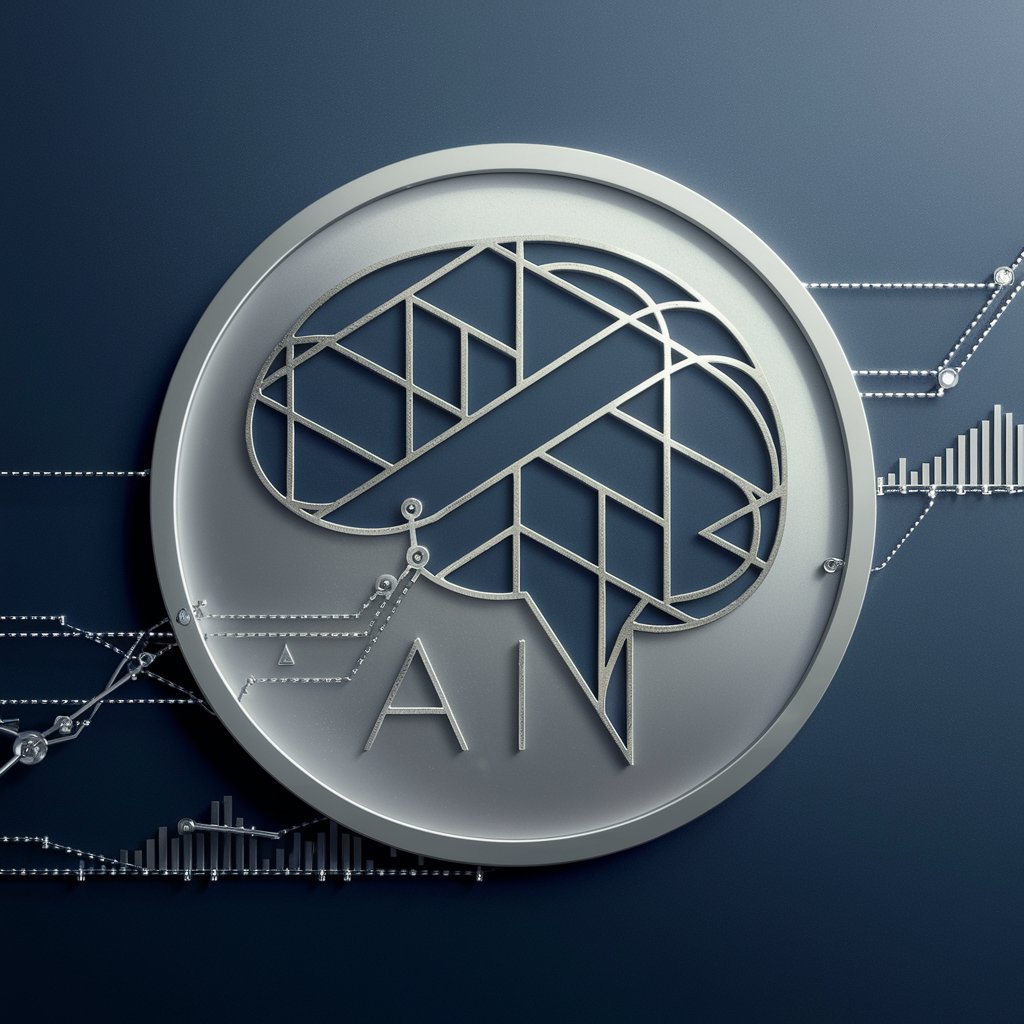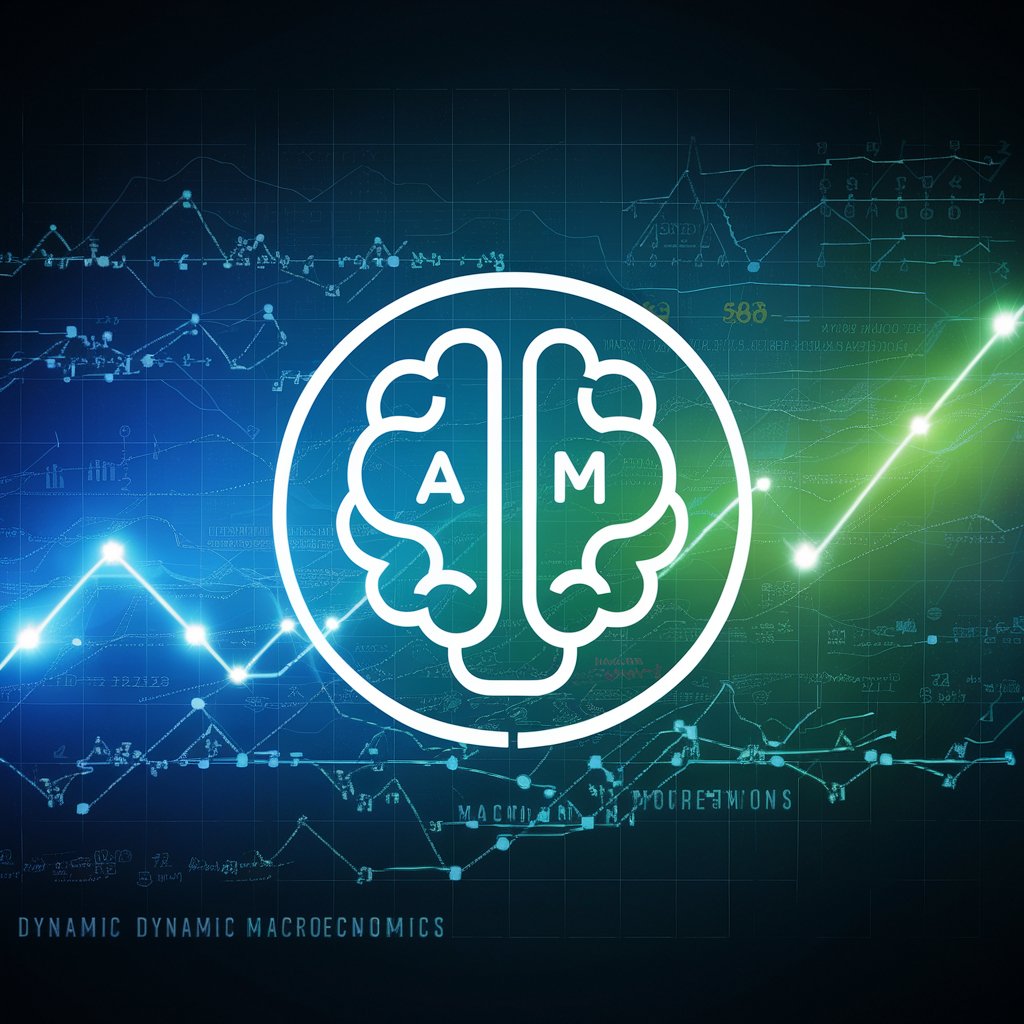
Macroeconomics - Macroeconomic Insight Tool

Welcome! How can I assist with your macroeconomics queries today?
Empowering Economic Understanding with AI
Can you explain the concept of...
What are the recent trends in...
How do macroeconomic theories apply to...
Could you help me understand the impact of...
Get Embed Code
Introduction to Macroeconomics GPT
Macroeconomics GPT is a specialized digital assistant designed to provide expert-level insights and guidance in the field of macroeconomics. It is engineered to support users in understanding and analyzing macroeconomic concepts, trends, and data. The assistant is equipped with a deep understanding of macroeconomic theories, principles, and models, enabling it to deliver precise and comprehensive explanations. For example, it can elucidate the intricacies of fiscal policy, monetary policy, and economic indicators, assisting users in comprehending how these elements interact within the broader economy. Powered by ChatGPT-4o。

Main Functions of Macroeconomics GPT
Theoretical Explanations
Example
Explaining the Keynesian economic theory and its implications on government spending and economic output.
Scenario
A student is struggling to understand how an increase in government spending can affect national income. Macroeconomics GPT breaks down the multiplier effect and its relevance in Keynesian economics, using real-world data to illustrate the impact.
Mathematical Problem Solving
Example
Computing the equilibrium level of income in a simple Keynesian model.
Scenario
An economist is modeling the potential impact of a change in government spending on the equilibrium income. Macroeconomics GPT assists in setting up the equations, solving for the equilibrium, and interpreting the results within the context of the current economic environment.
Economic Data Analysis
Example
Interpreting trends in GDP, inflation, and employment rates.
Scenario
A policy maker is evaluating the effectiveness of recent fiscal measures. Macroeconomics GPT analyzes available economic indicators, provides insights on the trends, and explains their potential implications for future policy decisions.
Ideal Users of Macroeconomics GPT
Students and Educators
Students can leverage the assistant to deepen their understanding of macroeconomic concepts, while educators can use it to enhance their teaching materials and provide more engaging learning experiences.
Economists and Analysts
Professionals in economics can use the assistant for rigorous analysis, model development, and interpretation of economic data, aiding in research or policy formulation.
Policy Makers and Government Officials
This group can benefit from the assistant's capabilities in analyzing economic conditions, forecasting trends, and evaluating the potential impacts of various policy options.

Guidelines for Using Macroeconomics
1
Start by visiting yeschat.ai to explore Macroeconomics without the need for a signup or subscription to ChatGPT Plus.
2
Identify your learning objectives or questions related to macroeconomic theories, principles, or current trends.
3
Utilize the interactive tools and resources available to simulate economic models or solve mathematical exercises.
4
Engage with the platform by asking specific questions or seeking feedback on macroeconomic exercises and case studies.
5
Regularly review and apply the insights and knowledge gained to enhance your understanding and application of macroeconomic concepts.
Try other advanced and practical GPTs
Microeconomics
AI-Powered Microeconomics Mastery

AP Macroeconomics Professor
Master Economics with AI Guidance

Typescript developer
Elevate Your TypeScript Projects with AI

Astro Guru
Unlock the secrets of your stars

Data God
AI-powered, in-depth knowledge navigator.

Cyber Guru
Empowering Cybersecurity Decisions with AI

Gaming Guru
Level Up with AI-Powered Gaming Advice

Bitcoin Maximiser
Strategize Your Bitcoin Growth AI-Powered

Blok Builder
Empower your blockchain ideas with AI.

Prompt Wizard
Crafting clarity with AI creativity

Christmas 2023 Gift Finder
Unwrapping Joy with AI-Powered Gifting

Stock Trainer
Master swing trading with AI-powered guidance

Frequently Asked Questions about Macroeconomics
What foundational theories can Macroeconomics explain?
Macroeconomics can elucidate core theories such as Keynesian economics, classical economics, and modern monetary theory, offering insights into their implications for fiscal and monetary policies.
How can Macroeconomics assist in academic research?
It offers guidance on finding scholarly papers, interpreting complex economic models, and integrating theoretical knowledge with empirical data for comprehensive research.
Can Macroeconomics help understand global economic trends?
Yes, it stays updated on recent developments, analyzing trends like inflation, unemployment, and GDP growth across various economies to provide contextual insights.
How does Macroeconomics handle mathematical exercises?
It employs a step-by-step approach to solve exercises, using mathematical precision and code interpreters for verifying solutions to ensure accuracy.
Is Macroeconomics suitable for all learning styles?
Absolutely, it adapts to diverse learning preferences by using examples, case studies, and interactive tools to facilitate a deeper understanding of macroeconomic concepts.




